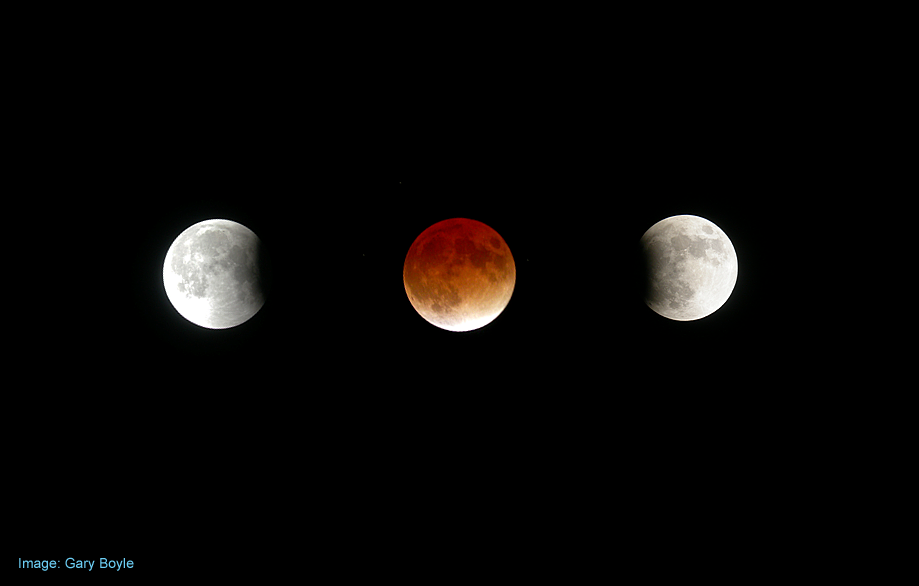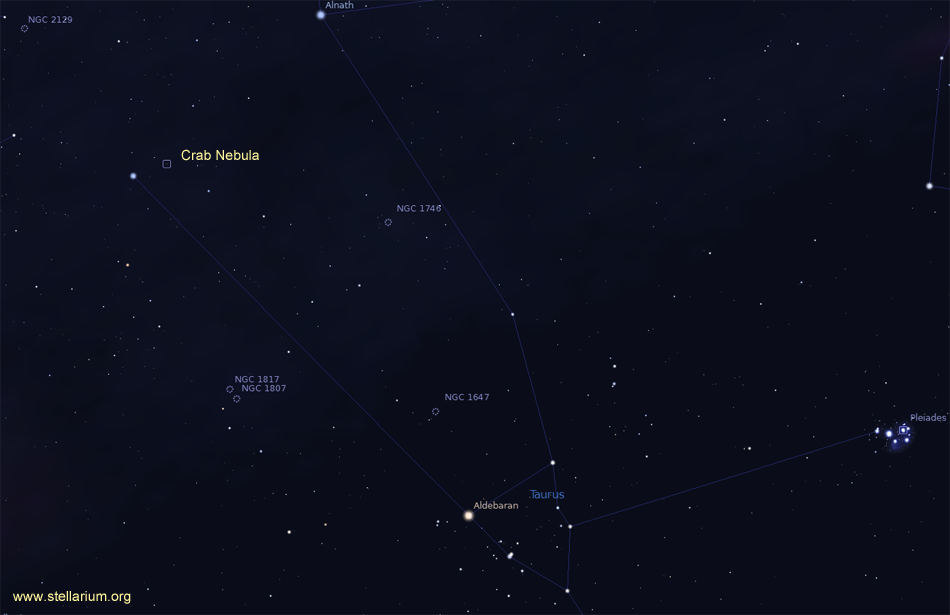The Total Lunar Eclipse
The year 2018 ended with two great celestial events. We had the Geminid meteor shower that peaked on the night of December 13/14 as well as the great appearance of Comet 46/P Wirtanen. The comet was closest to the earth on December 16 and was near the Pleiades star cluster. Wirtanen is now moving towards Ursa Major and fading rapidly.
On the night of January 20/21, there will be a total lunar eclipse and Canada is well placed to see the entire show. In contrast to a solar eclipse when special filters are required for safety reasons, a lunar eclipse is completely safe to see and photograph. Prior to the lunar eclipse, the Sun, Moon and Earth will produce a partial solar eclipse on January 6 over North-East Asia and the North Pacific.
As the full Moon sinks deeper into our planet’s shadow, it first darkens and then takes on an orangey colour. This is a result of sunlight refracting or passing through Earth’s atmosphere. This eclipse is also referred to as the “Super Blood Moon”. The term “Super Moon” was derived by an astrologer in the 1970’s and refers to the combination of the full or new Moon along with its closest approach to the Earth in its elliptical orbit around us.

If you were on the moon during mid totality, you would see the same orange colour ring around the Earth. From this vantage point, you would witness every sunset occurring on the left side of the Earth and every sunrise on the right side at the same time. Although the Earth witnesses total and partial eclipses a couple of times a year, it will be a few years before the entire country will see the eclipse from beginning to end. The following times are local:
| EST | CST | MST | PST | |
|---|---|---|---|---|
| Partial eclipse begins at: | 10:34 p.m. | 9:34 p.m. | 8:34 p.m. | 7:34 p.m. |
| Total eclipse begins at: | 11:41 p.m. | 10:41 p.m. | 9:41 p.m. | 8:41 p.m. |
| Mid eclipse at: | 12:12 a.m. | 11:12 p.m. | 10:12 p.m. | 9:12 p.m. |
| Total eclipse ends at: | 12:43 a.m. | 11:43 p.m. | 10:43 p.m. | 9:43 p.m. |
| Partial eclipse ends at: | 1:51 a.m. | 12:51 a.m. | 11:51 p.m. | 10:43 p.m. |
The thin crescent Moon will not interfere with the annual Quadrantid meteor shower. The shower runs from January 1–10 and peaks on the night of January 3-4. An expected 40 meteor meteors per hour will strike the atmosphere about 80 kilometres above the Earth and can produce bright fireballs. The radiant for the Quadrantids is located in an area halfway between Draco and the top star of Bootes named Nekkar.
Along with Orion the Hunter, Taurus the Bull rules the winter sky. Within its boundaries, we have the even popular Pleiades star cluster. M45 is a fantastic sight in binoculars, a telescope or just with your eyes. Also referred as the Seven Sisters, this cluster also represents the mythical heart of the bull, We then have the “V” shaped Hyades star cluster forming its head and accented by the star Aldebaran, the angry “eye” of the bull. Aldebaran is actually a foreground star and not part of the cluster.

Follow the long imaginary horn closest to Orion to its end. Not far from here is the first object on Messier’s list. This is M1 or the Crab Nebula and is the remains of a supernova that occurred in the year 1054 A.D. This explosion was so bright, it outshone the moon for a couple of weeks. The Crab Nebula has long since faded to a dim smudge in a telescope eyepiece. It has a pulsar at its centre spinning at 33 times a second.
The planet Venus still lights up the southeast morning sky. It attained greatest western elongation (appearing farthest from the Sun as seen from Earth) on December 15 and will be seen a bit lower in the sky each morning. Meanwhile, Jupiter is climbing higher throughout the month and on the morning of January 25, both will meet, appearing as “spooky eyes” in the eastern sky. The 16% crescent Moon will be seen between the two on January 31 making a great digital moment.
Until next month, clear skies everyone.
Twitter: @astroeducator
